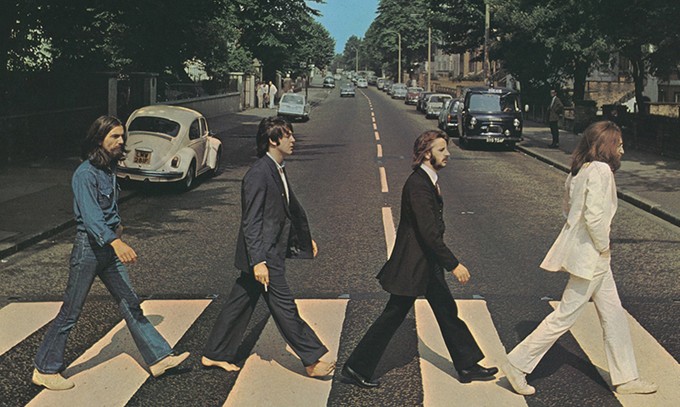
Urban centers are trying to achieve safer and more sustainable mobility, but understanding pedestrian behavior at crossings remains a key challenge. In cities where dense traffic and diverse road users intersect, like the case of Athens, illegal pedestrian crossings are a persistent and hazardous phenomenon. This study explores the issue of pedestrian non-compliance, referring to the red light and jaywalking violations, at designated signalized crossings, in the center of Athens. A Stated Preference (SP) survey was structured in order to examine decision-making scenarios based on varying conditions of travel time, perceived crash risk, and personal comfort. A dataset of 212 responses was collected and analysed by using binary logistic regression to examine the likelihood of illegal crossing, and generalized linear model to investigate the trade-offs pedestrians make between safety, time, and convenience given three different scenarios of camera use, traffic light with timer, and the baseline scenario to choose from. The models highlight the influence of time pressure, traffic conditions, and social components on individual decisions. The results aim to showcase the importance of pedestrian decisions to prevent the likelihood of a road crash and, in this way, support more behavior-aware policy design, ultimately contributing to safer urban mobility systems.
| ID | ad175 |
| Presentation | |
| Full Text | |
| Tags |













